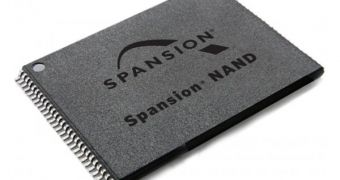For every product, there is a counterfeit, or the reality of things is close enough to this statement that people don't bother trying to debate its validity.
Analysts from IHS iSuppli decided to try to figure out how much counterfeit semiconductors cost the worldwide electronics industry in a year.
Even when factoring in how hard, if not impossible, it is to accurately estimate the damage, the findings are none too encouraging, to say the least.
Long story short, counterfeit semiconductors used in commercial and even military applications are a financial risk, so to speak, of around $168 billion.
That's 124.30 billion Euro, in case anyone is wondering.
“There has been a great deal of focus on the issue of counterfeit parts in the defense industry, but the majority of reported counterfeit incidents are for commercial components which have broad use across both military and commercial applications,” said Rory King, director, supply chain product marketing at IHS.
“Take analog ICs, for example. One out of every four counterfeit parts reported are for analog ICs—components which are used in everything from industrial and automotive situations to wireless devices, computers, or consumer electronics. A single counterfeit could impact end products in any of these markets and the potential problem is pervasive, amounting to billions of dollars of global product revenue subject to risk.”
Money, naturally, is not the only concern people have here. The core of the problem is that counterfeit chips are essentially junk compared to the genuine article (unless buyers are really lucky).
That means they can have a tendency to fail at the worst of times, which can be disastrous in aviation, medical, military, nuclear and automotive fields.
“The industrial segment, which includes both military and aerospace devices as well as medical components, is a relatively minor consumer of the most prevalent parts that are counterfeited,” King said.
“However, a failure of a substandard counterfeit component in this area can have catastrophic consequences. Organizations can use the reports of counterfeit incidents reported by others, in order to be proactively alerted of actual problematic parts in circulation throughout the supply chain. This can help organizations to avoid, quarantine, or act upon counterfeits in time.”
In 2011, the top 5 most counterfeited chips were Analog ICs (25.2%), microprocessors (13.4%), memory chips (13.1%), programmable logic (8.3%) and transistors (7.6%).

 14 DAY TRIAL //
14 DAY TRIAL //